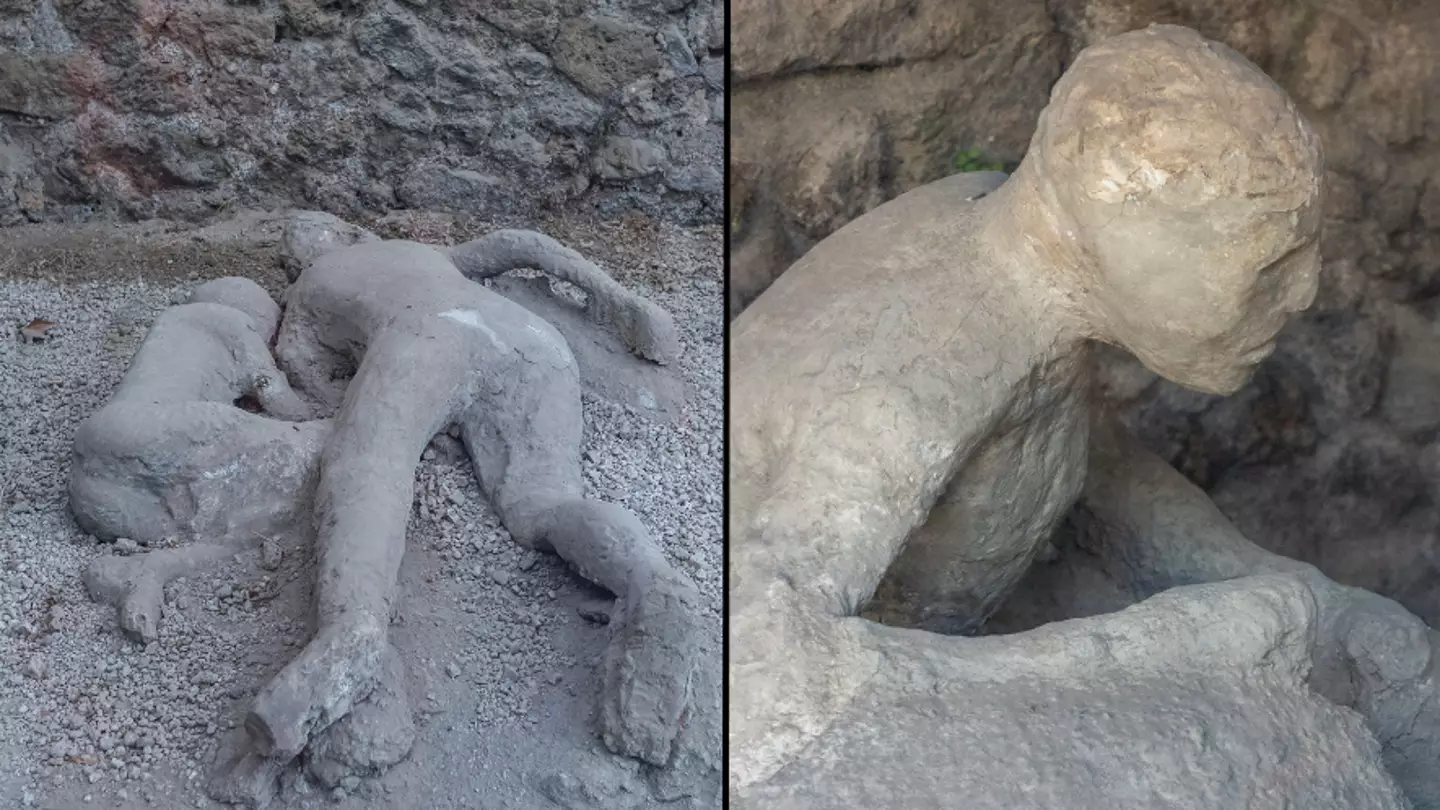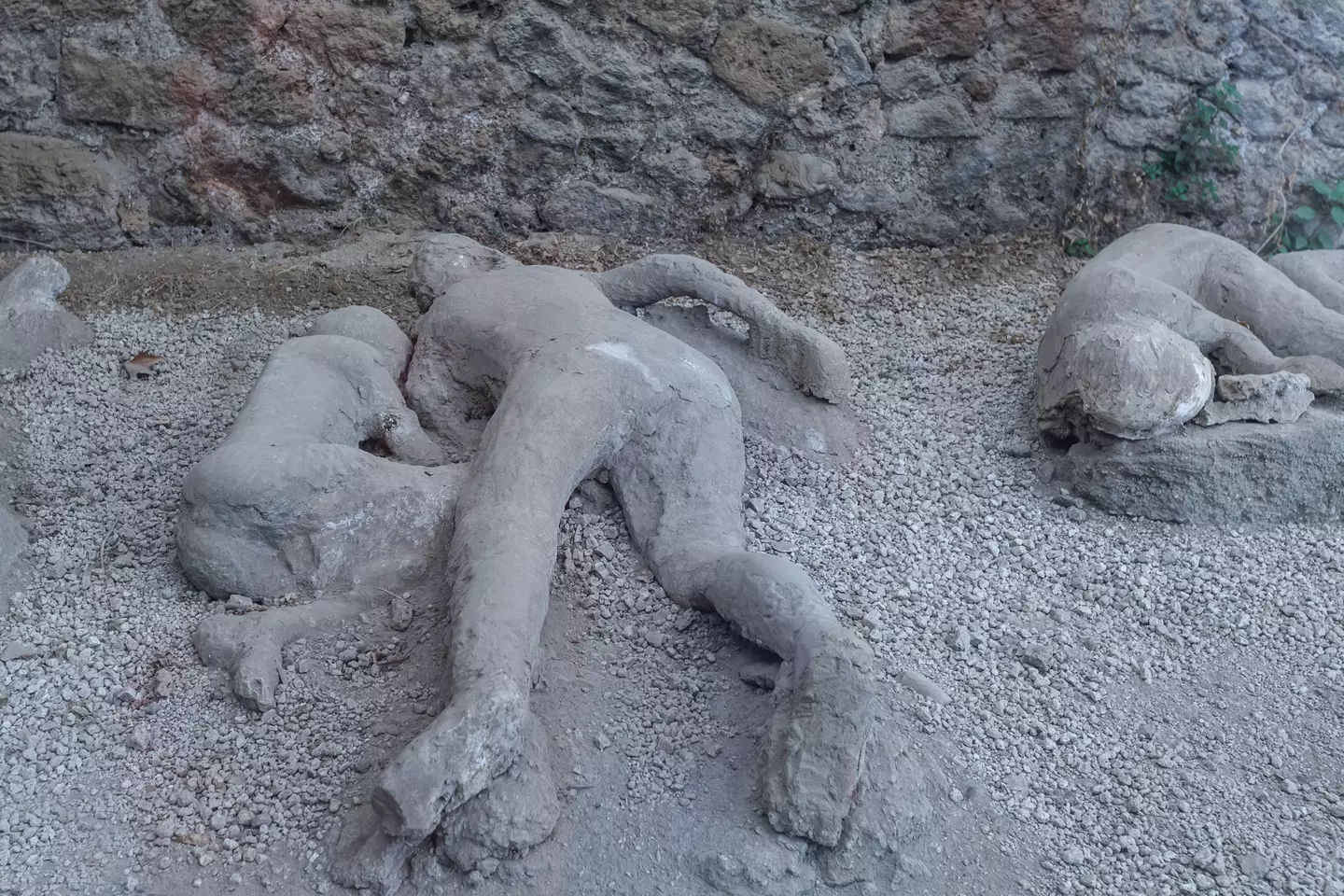
Volcano victims were literally been frozen in time after being flash-heated to death.
The suspended actions of those killed by the infamous volcano eruption near Pompeii can still be seen to this day - even though the eruption of Mount Versuvius took place way back when in 79 AD.
A recent study has put forward a new discovery that details what the majority of the victims went through at the time of their unfortunate deaths.

Advert
Based near Naples, Italy, Mount Vesuvius is best-known for its eruption in 79 AD, which has since been hailed as one of the deadliest in European history.
The volcano spewed a deadly cloud of super-heated gases, as well as ejecting molten rock and hot ash at colossal speeds.
The eruption ended up destroying several towns and minor settlements in the surrounding area - one of which was the famous city of Pompeii.
Researchers have since concluded that the remains of over 1,500 people were been found at Pompeii and neighbouring town, Herculaneum, while the total death toll still unclear.
For a while now, most experts believed that the cause of death for these unfortunate Pompeiians was asphyxiation by volcanic ash and gas, however, a new study has totally blown that theory out the water.
Advert
New research, published in the journal PLoS ONE, puts forward the idea that the victims of the tragic natural disaster actually died due to extreme levels of heat, with many casualties 'shocked into a sort of instant rigor mortis', National Geographic reports.
The study was conducted by volcanologist, Giuseppe Mastrolorenzo, who enlisted a team to analyse 'layers of buried volcanic ash and rock' before feeding the data into a 'computer simulation of the Mount Vesuvius eruption'.

Technology - eh?
Mastrolorenzo confirmed that during the eruption, the temperature both outdoors and indoors 'rose up to 300°C [570°F] and more' which was more than 'enough to kill hundreds of people in a fraction of a second'.
Advert
Further research into the victims' bones also showed patterns of colour and cracking which proved that 'they were exposed to extreme heat'.
And you can't forget about the eerie 'death postures' seen throughout many of the victims who were 'frozen in suspended actions'.
The preserved Pompeiians can be seen with 'sudden muscle contractions' such as 'curled toes'.
Mastrolorenzo explained: "Heretofore archaeologists misinterpreted them as people struggling to breathe and believed they died suffocated by ashes.
"Now we know that couldn't be."
Advert
He added that when the 'pyroclastic surge' hit Pompeii, there was 'no time to suffocate'.
"The contorted postures are not the effects of a long agony, but of the cadaveric spasm, a consequence of heat shock on corpses," he concluded.
Topics: Science, Weird, Technology